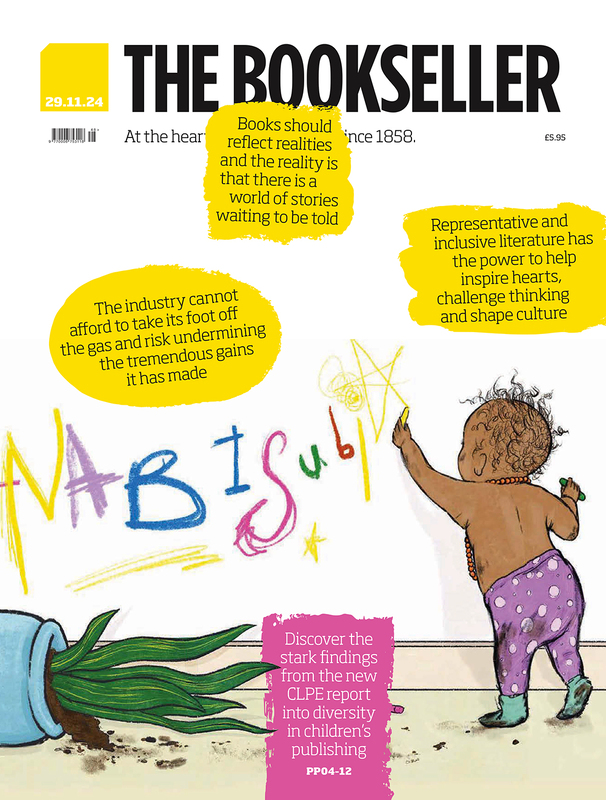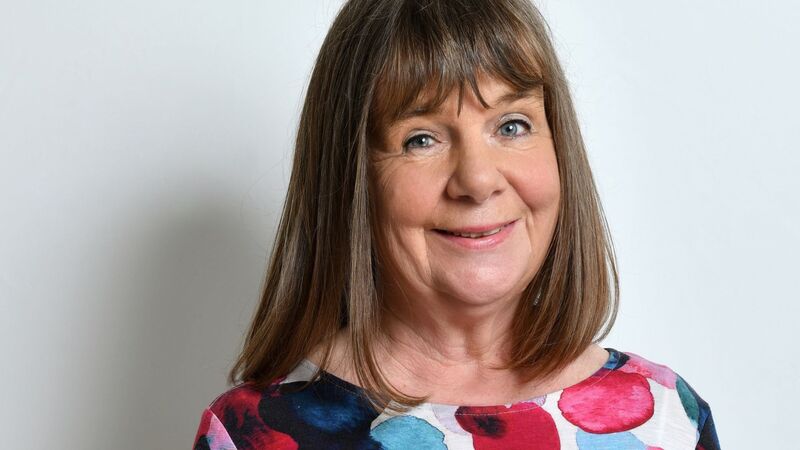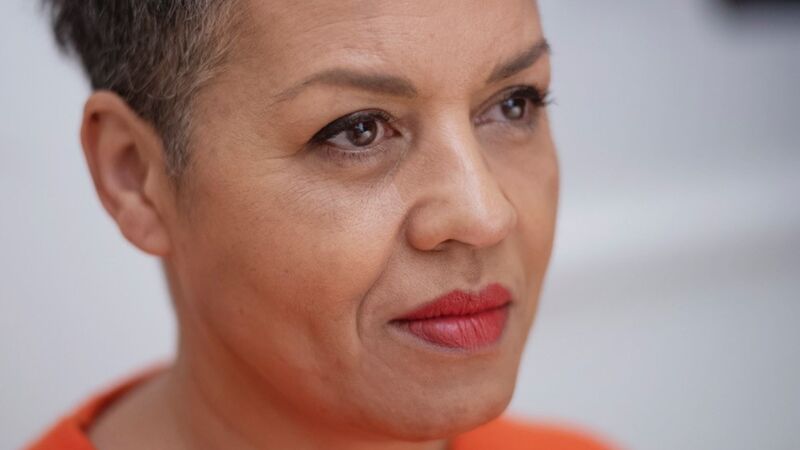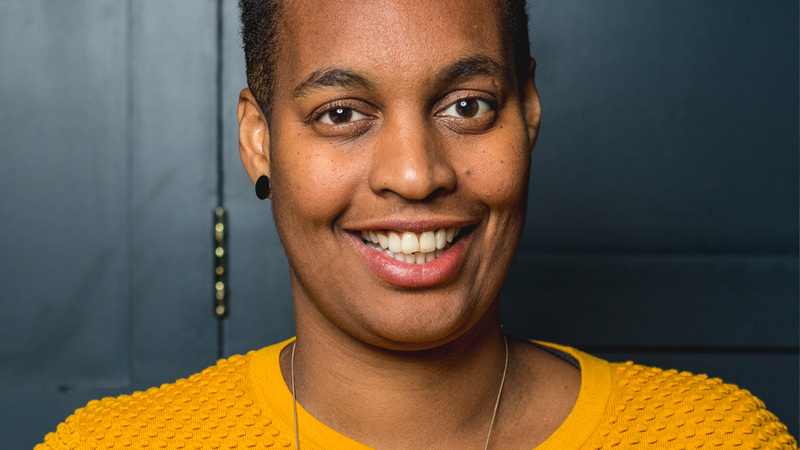You are viewing your 1 free article this month. Login to read more articles.
Nielsen details lockdown impact on audio consumption at FutureBook
Lockdown was a key factor driving new consumers to try audiobooks in 2020 and helped increase listening among longer term listeners, according to hot-off-the-press data from Nielsen.
Drawing on two surveys–Nielsen's UK Books & Consumer Survey, chronicling trends back to 2012, and its UK Audiobook Consumer Survey, conducted in August and publishing later this month–Nielsen research director Steve Bohme told this week's FutureBook conference how lockdown was fuelling audiobook consumption.
The top three factors that persuaded listeners trying audiobooks for the first time in the past six months were curiosity, entertainment and special offers, he said, while longer term listeners were swayed to double down on their audiobook listening habit as a result of having more time during lockdown, because it allowed multitasking, and a better selection of titles in audio.
The pandemic heavily influenced where audiobooks were consumed in the past year in the context of lockdown. Increasingly people have been listening to audiobooks in the home while multitasking, instead of on the go, and the ability to multitask while listening to an audiobook was the top reason consumers preferred the format over other mediums in 2020.
Audiobooks are on course to show double-digit growth for the sixth year running in 2020, to reach 22 million units, worth over £160m, according to Nielsen’s UK Books & Consumer Survey. Bohme said this had been driven by digital purchasing although there remains a physical audiobook CD portion of the market that contributes to those numbers.
In category terms, non-fiction has grown more strongly than fiction; assuming data for the first seven years match the latter part of the year, it is projected that non-fiction purchases should match fiction purchases by the end of the year.
Audiobooks remain a fairly small part of the overall market in context, said Bohme. Audiobooks' share rose from 5% to 6% of volume in 2020 (year to date). With the impact of Covid and the lockdown, the resurgence of e-books was also demonstrated, and audiobooks are a significant part of these digital sales.
The audiobook share is highest for “self-help” genres, biography, SFF and children’s fiction. Crime and thriller and general fiction are the leading genres bought as audiobooks. However, non-fiction genres are gaining in popularity, with history and politics for example moving up from eighth most popular genre in 2019 to seventh in 2020 (January-July), biography up from sixth to fifth, and self-help up from fourth to third.
Drilling down into who's listening to what, Nielsen's stats showed men are more likely than women to buy their fiction as audiobooks, but women are just as likely as men to buy their non-fiction in this format. While also variable by age, children’s, family/ health and romance rank higher for women buyers and SFF, with historical and business titles more popular with men.
Those who are already audiobook buyers were found to spend 15% of all their weekly listening time listening to audiobooks. Meanwhilem about a third of readers' book-related time is dedicated to audiobooks, mainly at the expense of print books.
Thinking about where and when these listeners are favouring audiobooks, most obviously they are favoured above print when commuting or travelling (46% said they favoured audio compared to 26% preferring print in this circumstance and 28% happy with either format). For reading a favourite author, the physical version is the clear preference (44% in favour of the book versus 22% for the audio version, and 34% happy with either format). Otherwise it is more evenly split.
Those who ultimately preferred audiobooks highly valued that it makes a book "easier to take in" than with traditional reading. Among the top barriers to audiobooks for those who favour reading physical books however was the same thing: that it can be harder to take in or they are too easily distracted when listening to an audiobook.
The narrator can be a key driver to audiobook consumption but it can also be a key barrier. It was found that a narrator’s voice could be offputting for both those who prefer audiobooks and those who prefer reading books. Asked what it is about a narrator’s voice they do and don’t like, UK audiobooks consumers were found to strongly favour UK narrators and tend to like one narrator without a strong accent. They also prefer the author to read autobiographies but are less concerned by a narrator’s gender. This said, author, subject and description are even more influential in driving audiobook purchases, it was found.
Michelle Cobb, executive director for the Audio Publishers Association in the US, spoke about two surveys its organisation did before the pandemic hit, sharing its consumer data from Edison Research for 2020 showing the mean number of audiobooks listened to in the US went up to just over eight books per year from just under seven books in 2019; 51% of audiobook listeners are making “new” time to listen to audiobooks and consuming more books; and 21% of listeners consume 10 or more audiobooks per year. It also reported that home was where people listened to audiobooks the most.
Looking at how audiobooks are faring as a result of the pandemic, Cobb remarked the transition was "seamless" as an already digital industry. Only 2% of book sales in 2019 were CD units, so even though shipping may have slowed down it was not impacted to the extent it could have been. Production likewise is digital, with many narrators recording in home studios, she said, so when they were told they had to stay at home, not a lot changed for them. Publishers were also said to have reacted "really well", keeping production lines running. There was an initial dip in sales in March, as people weren’t commuting, but people adapted: “instead of listening from 7 a.m.–9 a.m., you might listen over your lunch or late at night or while cooking dinner; people were still doing a lot of listening, just at a different time,” said Cobb.














